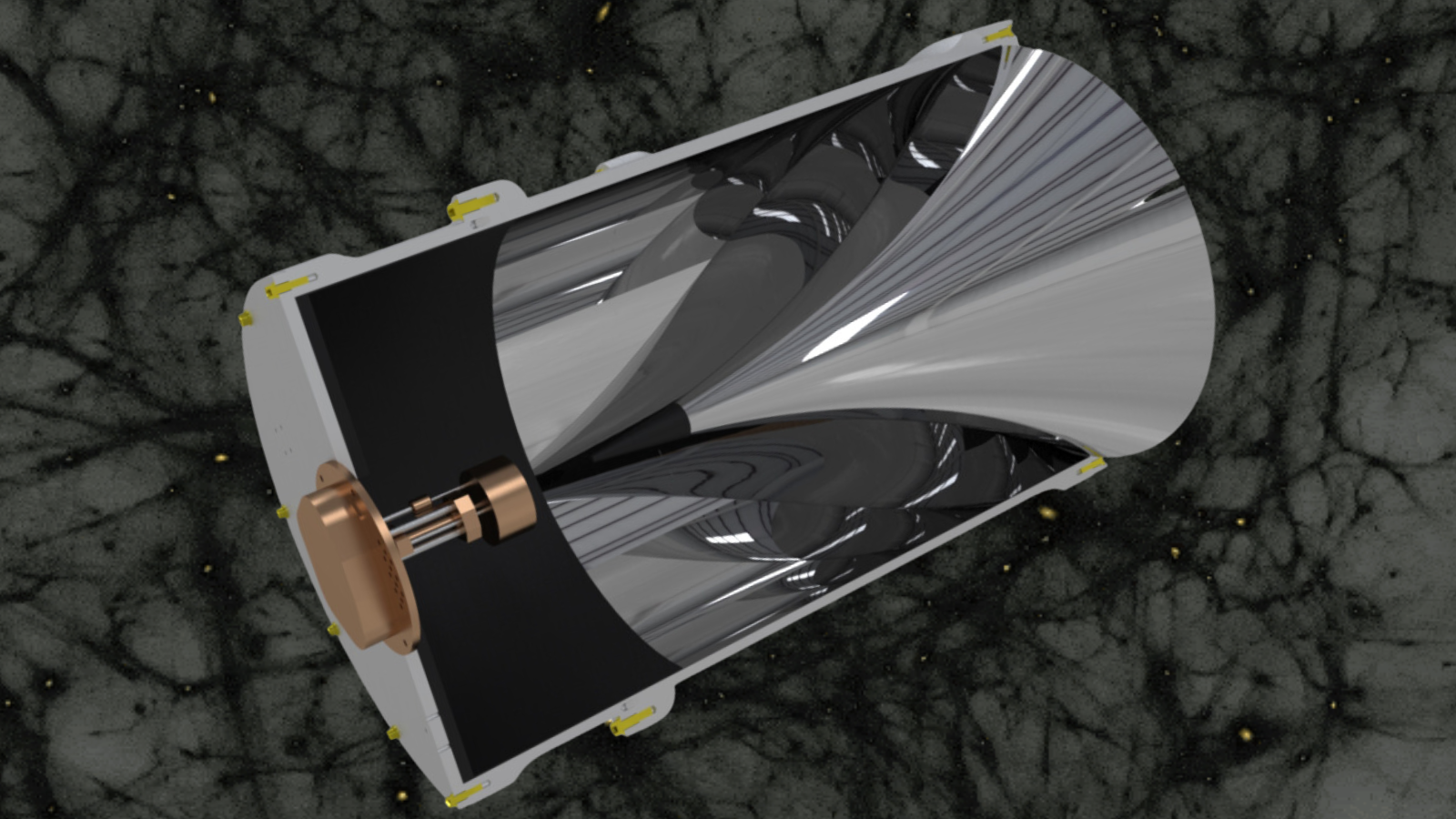The Broadband Reflector Experiment for Axion Detection (BREAD), spearheaded by physicists at the University of Chicago and the Fermi Accelerator Laboratory, is pioneering a novel approach to search for elusive dark matter candidates such as dark photons and axions. Dark matter, constituting approximately 80% of the universe’s matter, remains enigmatic due to its elusive nature—it neither emits, reflects, nor absorbs light, posing a challenge for direct detection.
In a recent study published in Physical Review Letters, the BREAD Collaboration introduced a groundbreaking method utilizing a coaxial dish antenna to detect signals associated with these hypothetical particles. Stefan Knirck, corresponding author for the collaboration, emphasized the urgent need to explore alternative avenues for detecting dark matter, given the limited success in detecting fundamental particles with masses comparable to protons.
The proposed setup capitalizes on the concept that axion or dark photon dark matter could convert to photons when interacting with a metallic wall, emitting light perpendicular to the surface. The experimental design incorporates an outer cylinder acting as the reflecting surface, focusing the emitted light onto a small spot for detection using a microwave antenna. Knirck highlighted the potential to enhance sensitivity by incorporating a magnetic field parallel to the metallic wall in future iterations of the experiment.
The BREAD Collaboration conducted their initial experiment last summer, collecting data on thermal noise and amplification. While no significant signal was detected in their first search for dark photons, the experiment exhibited remarkable sensitivity, surpassing previous methods by a factor of 10,000 in detecting dark photon signals within a specific mass range.
Looking ahead, the collaboration is expanding their experiment to explore the most promising axion models and potentially achieve their detection, a milestone in particle astrophysics. With ongoing experiments in a 4T magnet at Argonne National Laboratory and plans for further prototypes integrating cutting-edge quantum technology, the BREAD Collaboration is poised to advance the frontier of dark matter detection and unravel the mysteries of the universe’s hidden constituents.















































